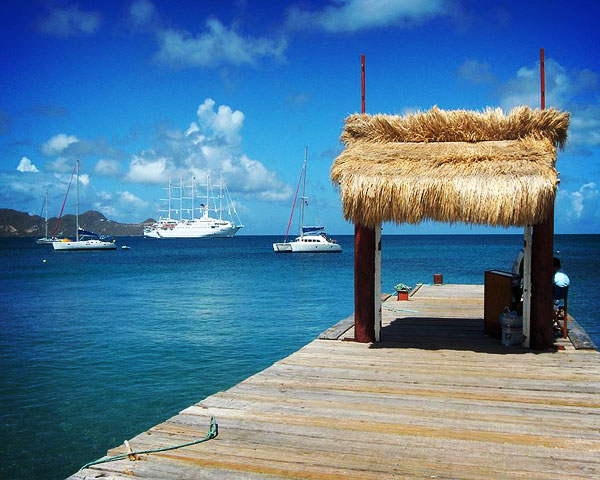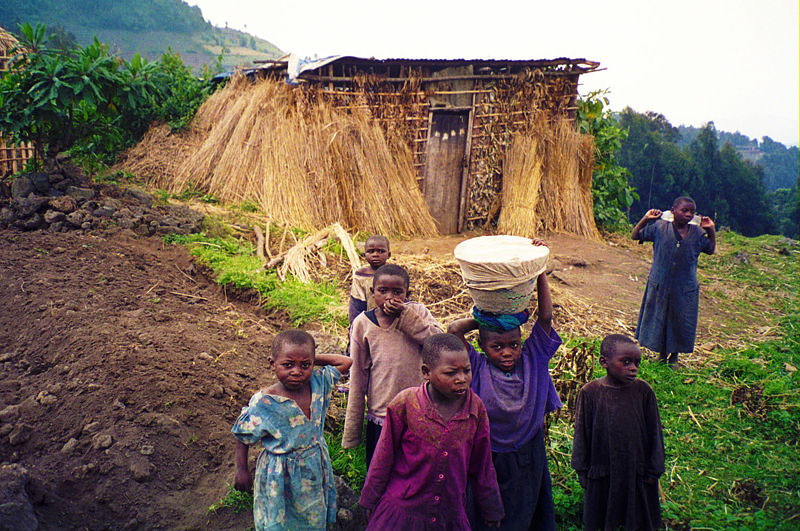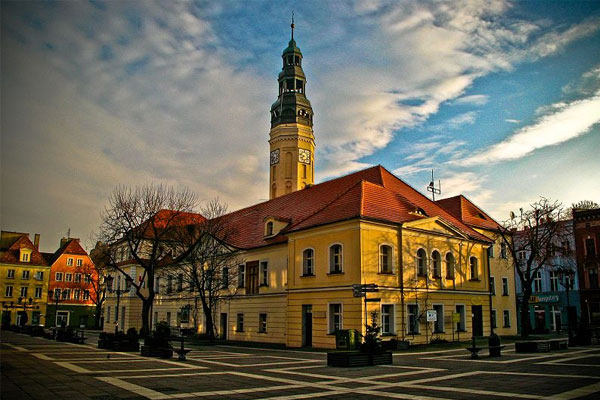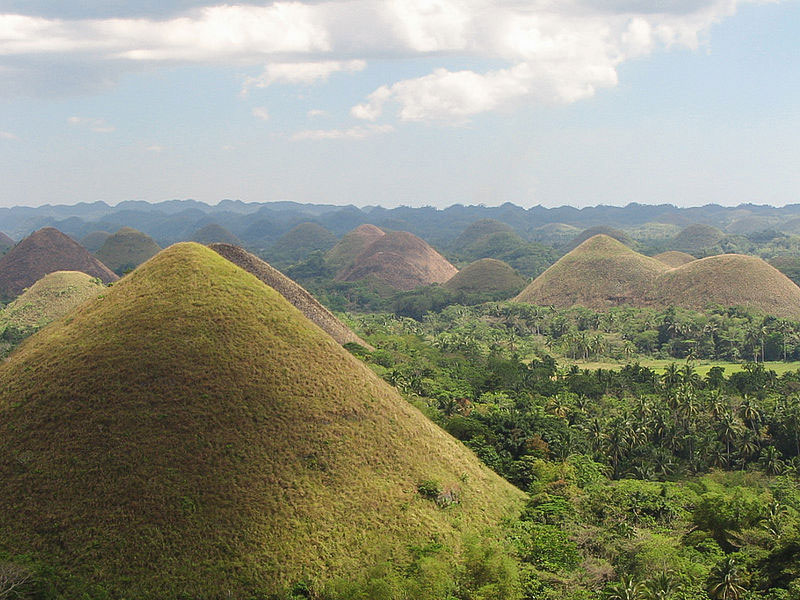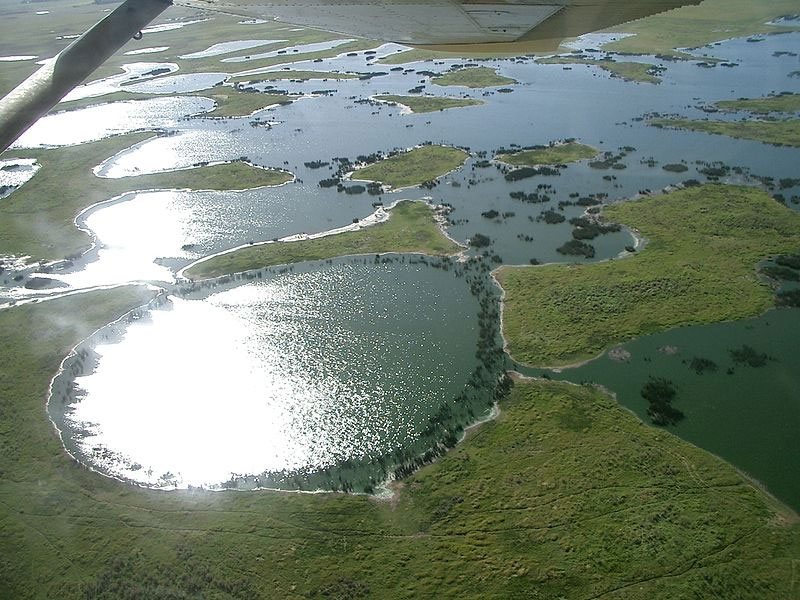About the food of Saint Vincent and the Grenadines
Let’s meet up in Saint Vincent and the Grenadines. Really. Wouldn’t it be great to carve out a sweet little spot for ourselves. A place where time can stop for a while? I love that, now that we’ve hit a cold snap here in Tulsa, our minds have been cruising through the “Saint” countries – all of which nestle cozy and warm in the balmy Caribbean seas. We’ve done two already and this week we continue to the 11-mile long, 6.8 miles wide “main island” called Saint Vincent and about a hundred scattered islands of the Grenadines. Those 100 or so other islands? Apparently the whole shebang only adds up to 17 square miles. Quaint. Neighborly. Exactly how you’d like it if you lived in the hurricane belt, which they do. But, then, where there are storms there are rainbows. Even though the weather is warm there, the islands continue with much the same traditions found throughout the Caribbean. The holidays (and every day) can be celebrated with Rum, Black Cake [Recipe] (which is, essentially, rum …
Read More
